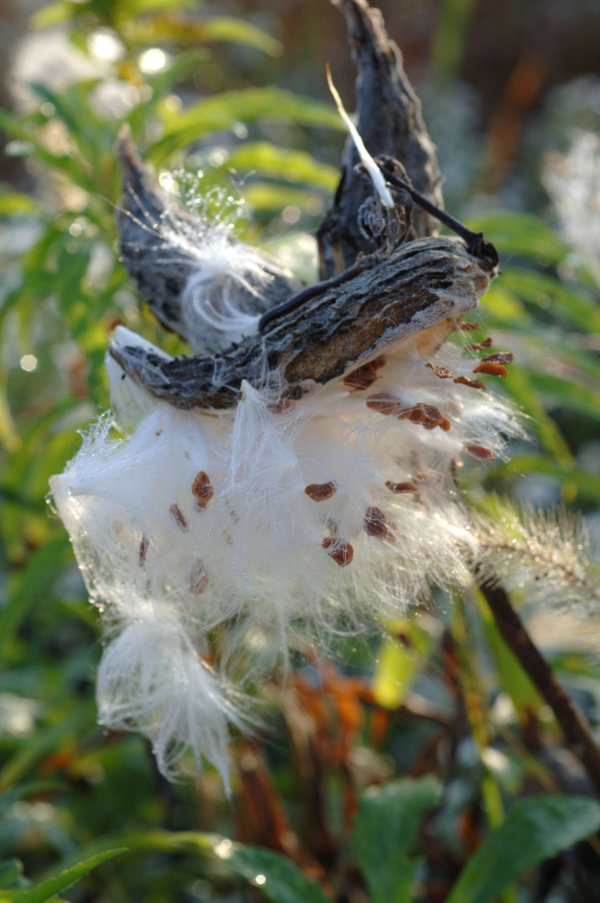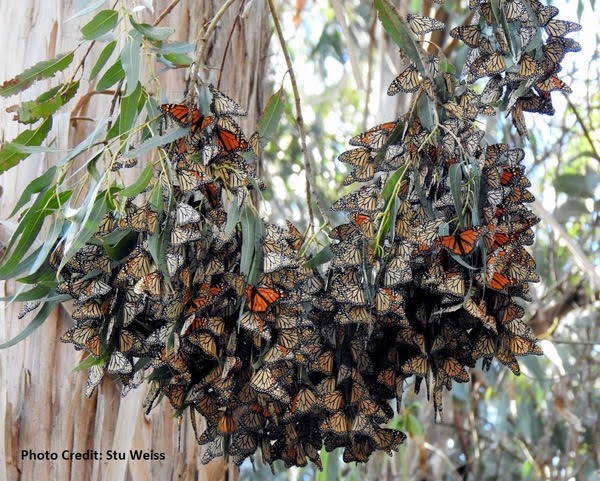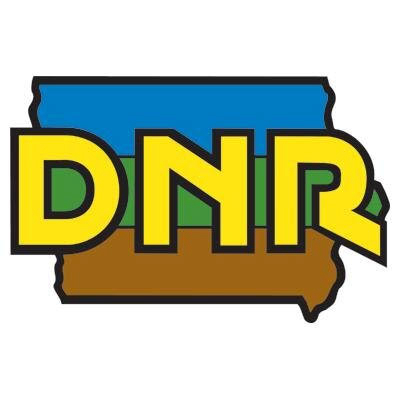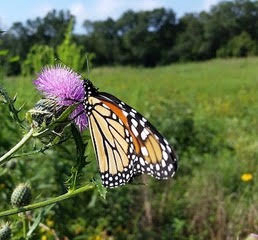Vermont Reports Monarch Butterflies at Dangerously Low Levels

MONTPELIER, Vt. – Monarch butterflies are in decline nationwide, and may be approaching dangerously low levels.
Monarchs have declined nearly 80% in the 21 years researchers have been monitoring their wintering populations, from a high of up to one billion butterflies in the 1990s to roughly 56 million today, according to a recent report from the Xerces Society.
But according to Mark Ferguson, a biologist for the Vermont Fish & Wildlife Department, Vermont may play an important role in the continued efforts at monarch conservation.
“Vermont’s meadows and old fields provide habitat for milkweed, which is a critical food source for monarchs,” said Ferguson. “In contrast, increasing levels of herbicide use in large-scale agriculture in the Midwest appear to have greatly reduced the abundance of milkweed in that part of the country, which historically produced half of the monarchs in eastern North America.”
Monarchs lay eggs on milkweed and feed on milkweed as caterpillars. Most eastern monarchs overwinter at a single site in the mountains of central Mexico. According to Ferguson, monarchs need to reproduce several times during their north-bound migration, and require milkweed at each of these sites.
“A monarch that leaves its wintering grounds in Mexico will never make it to Vermont,” said Ferguson. “Instead, several generations are born and die along the way, meaning that the grandchildren or great-grandchildren of the monarchs leaving Mexico eventually arrive in Vermont each summer. Because monarchs need milkweed to reproduce, anything we can do in Vermont to promote this vitally important species will help monarchs thrive.”
In addition to declines in milkweed, the widespread use of a group of insecticides referred to as neonicotinoids may threaten monarch conservation. These pesticides are used on agricultural crops, and are also used in concentrated doses on home gardens, lawns, and ornamental trees.
Ferguson says that there are several things that Vermonters can do to help foster healthy monarch populations. “One of the best things people can do for monarchs is to provide milkweed for caterpillars and nectar plants for adults,” said Ferguson. “Many of the best nectar plants are actually wildflowers that grow naturally and will provide monarchs with a good source of food if left uncut during the growing season.”
Ferguson also recommends that people limit the use of insecticides and herbicides in order to allow Vermont’s residential yards, meadows, old fields and pastures to support monarchs and their habitat.
According to a recent White House report, pollinators such as monarchs contribute more than 24 billion dollars to the U.S. economy, by promoting fruits and vegetables as well as agricultural crops like alfalfa. Pollinators also keep forests healthy by pollinating many species of trees.





